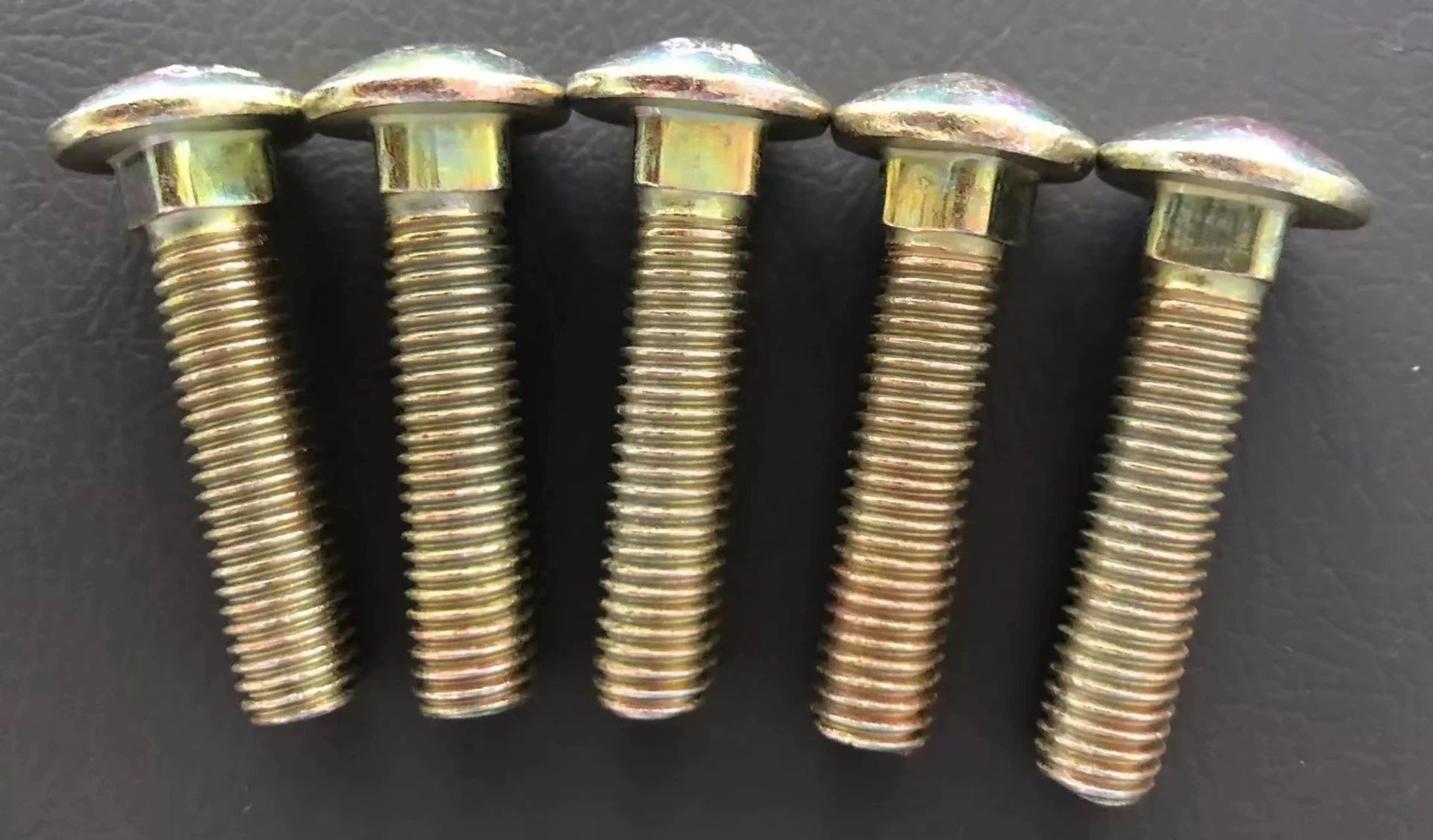

Stud Welding Techniques for Ferrules in Industrial Applications
Oct . 21, 2024 19:49 Back to list
Stud Welding Techniques for Ferrules in Industrial Applications
Ferrule Stud Welding An Overview
Ferrule stud welding has emerged as a significant technology in modern manufacturing and construction sectors. This method provides a unique approach for attaching studs, particularly ferrule studs, to metal substrates, resulting in strong and durable joints suitable for a wide range of applications. In this article, we delve into the principles, benefits, applications, and advancements of ferrule stud welding.
Understanding Ferrule Studs
Ferrule studs, typically characterized by a cylindrical shape with a small flange at one end, are essential components in various applications. These studs are often used in electrical connections, structural supports, and mechanical assemblies. The term ferrule refers to a metal ring or cap that strengthens the end of the stud, providing additional tensile strength and electrical conductivity. This design not only enhances the stud's performance but also ensures a reliable connection to the substrate.
The Welding Process
Ferrule stud welding is a form of arc welding that involves the fusion of a ferrule stud to a workpiece using an electric arc. The process can be broken down into several key stages
1. Preparation The surface of the substrate must be clean and free from contaminants such as oil, grease, or rust to ensure a successful weld. Proper preparation reduces the likelihood of defects in the final joint. 2. Positioning The ferrule stud is precisely positioned over the designated area of the substrate. Fixture aids may be used to hold the stud in place during the welding process.
3. Welding An electric arc is generated between the stud and the substrate. The intense heat produced melts both the stud and a small area of the substrate, allowing them to fuse together as they cool. The ferrule design allows for even heat distribution, ensuring reliable penetration and strength in the welded joint.
4. Cooling and Finishing Once the welding cycle is complete, the joint is allowed to cool down. After cooling, any excess material or slag may be removed to finish the surface.
Advantages of Ferrule Stud Welding
ferrule stud welding

Ferrule stud welding offers numerous advantages over traditional fastening techniques like bolts or rivets
- Speed The process is significantly faster, capable of attaching multiple studs in a fraction of the time compared to mechanical methods. - Strength The resulting welds are typically stronger and more resistant to fatigue, making them ideal for high-stress applications. - Integrity Ferrule stud welding provides a continuous joining method, which does not compromise the integrity of the base material, unlike drilled holes for bolts. - Cost-Efficiency Reducing the need for additional fasteners and the labor associated with installing them can lead to significant cost savings.
Applications
Ferrule stud welding has a broad spectrum of applications. Industries such as automotive, aerospace, electronics, and construction benefit significantly from this technology
- Automotive In the automotive industry, ferrule studs are often used for electrical connectors and secure chassis components, providing reliable performance under demanding conditions. - Aerospace In aerospace applications, lightweight and high-strength connections are crucial. Ferrule studs help achieve these requirements while maintaining structural integrity. - Electronics For electronics, ferrule stud welding is used to create efficient electrical connections that require minimal space. - Construction In construction, this method is implemented for securing structures, where time efficiency and strength are paramount.
Advancements in Ferrule Stud Welding
As technology progresses, ferrule stud welding continues to evolve. Innovations such as automated welding systems and advancements in welding machines enhance the precision and consistency of the welding process. The integration of computer control and monitoring systems also plays a vital role in optimizing the welding parameters, reducing the risk of defects, and improving overall production efficiency.
Conclusion
Ferrule stud welding represents a sophisticated solution for joining metal components, offering a combination of speed, strength, and reliability. Its applications span an array of industries, making it a crucial technology in the modern manufacturing landscape. As advancements continue to reshape the welding industry, ferrule stud welding is poised to remain a key player, driving innovations and enhancing the capabilities of production processes worldwide.
Latest news
-
Premium Self Tapping Metal Screws: Strong & Easy Install
NewsAug.02,2025
-
Premium Fasteners Manufacturer | AI-Driven Solutions
NewsAug.01,2025
-
Hot Dip Galvanized Bolts - Hebei Longze | High Strength, Corrosion Resistance
NewsAug.01,2025
-
High-Strength Hot Dip Galvanized Bolts - LongZe | Corrosion Resistance, Custom Sizes
NewsAug.01,2025
-
Best Self Tapping Screws for Drywall - Fast & Secure Installation
NewsJul.31,2025
-
High-Strength Hot Dip Galvanized Bolts-Hebei Longze|Corrosion Resistance&Customization
NewsJul.31,2025

